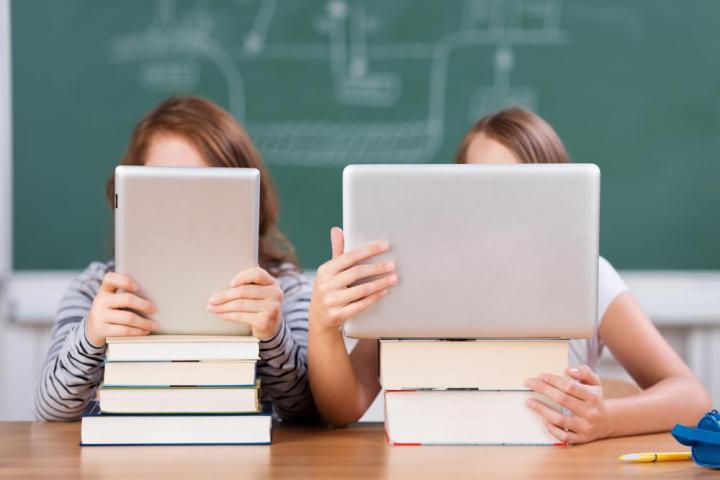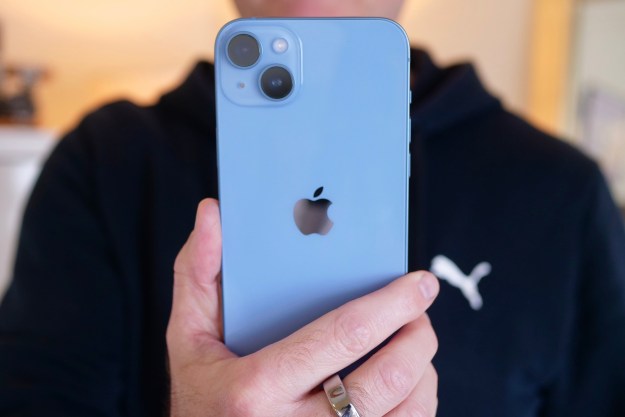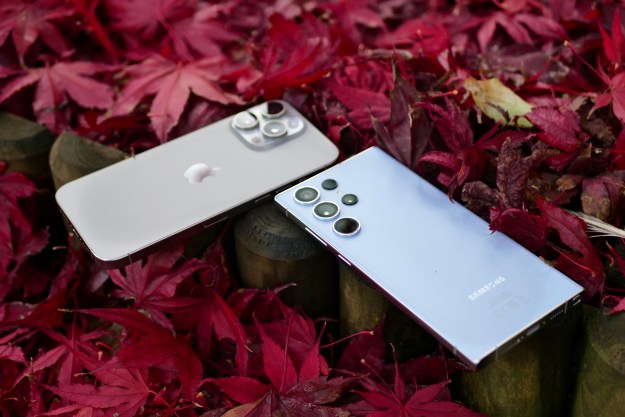
Rumors have been knocking around for a while suggesting the company is working on a larger, 12.9-inch device, a size it presumably believes will appeal to educators and business, and help generate renewed interest in its iPad lineup.
Several reports in the last few days suggest Apple is looking at ways to make it easier for schools to bring its tablet into the classroom. Changes to the way it deploys the iPad in the classroom are set to come into effect in the fall, which happens to be when the company’s super-sized slate is expected to land.
According to the contents of an Apple email obtained by 9to5Mac, the Cupertino company is planning to simplify app distribution by allowing schools to assign and distribute apps to a tablet without the need for an Apple ID, thereby reducing the number of steps needed to setup a device and smoothing out the process for adding new digital content, among it educational apps and books.
However, to ensure all the students don’t make a beeline for the games charts, or go to download their favorite social media apps, “schools will also have the option to prevent students from making personal purchases without approval,” the email said.
Among other steps, the company is also planning to improve the large-scale deployment of iPads by school districts “by unifying individual services into one program, simplifying the administrator experience,” Apple wrote in the email. “This will make it far easier to enroll, manage, and support a large deployment – and reduce many of the steps schools have to go through to get setup.”
As part of its increasing effort to push the iPad toward education, Apple has created a special site showing educators and parents how its tablet is already being used as part of the teaching experience. Of course, Apple certainly isn’t the only tech company targeting schools – Samsung, for example, has a number of education-focused devices on the market, among them the Galaxy Tab 4 Education tablet which it introduced last year.
Editors' Recommendations
- 3 reasons why I’ll actually use Anker’s new iPhone power bank
- Apple accidentally revealed a big iPad Pro display upgrade
- This one thing could make iOS 18 the best iPhone update in years
- Everything Apple says is wrong about the DOJ’s iPhone lawsuit
- Apple’s new iPad Pro and iPad Air just got delayed


